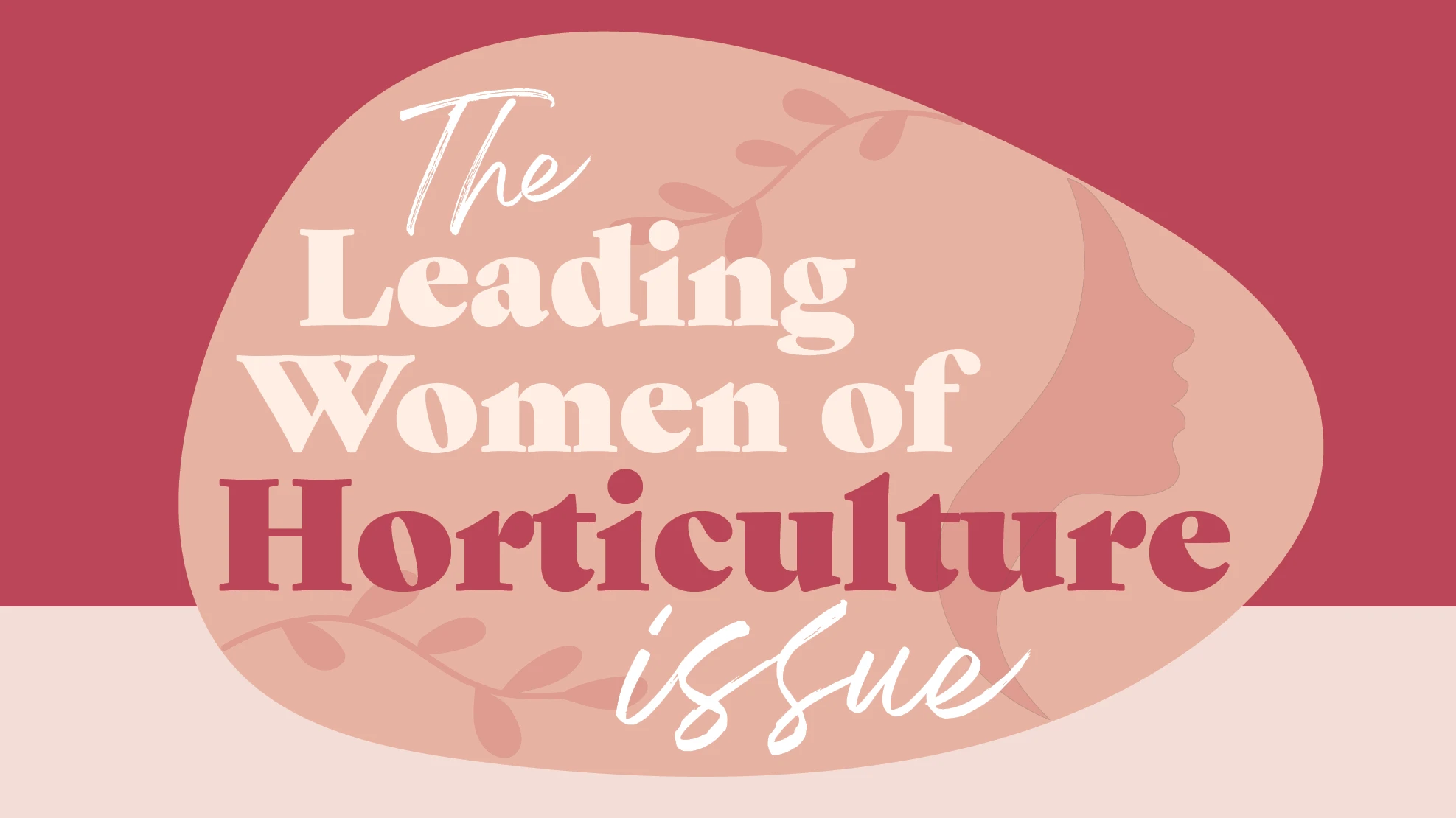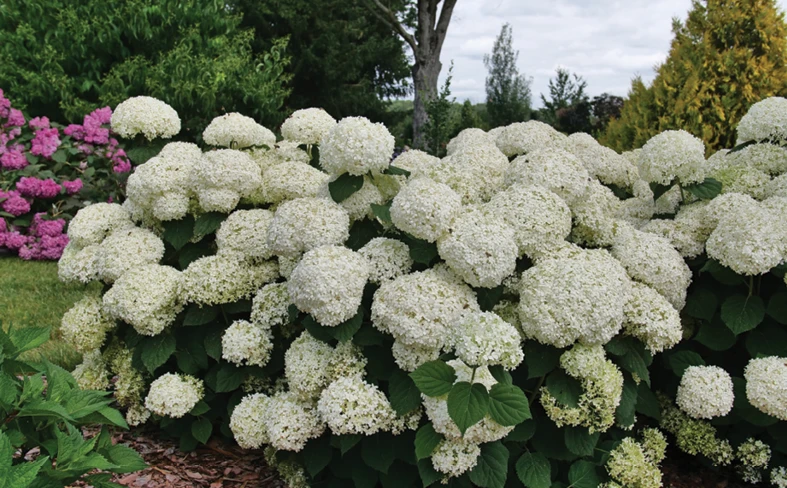
Fusarium is a tricky pathogen. There are many species that affect different plants. And symptoms vary along with the conditions in which plants get Fusarium.
Fusarium wilts are favored by high air and soil temperatures (75° to 86°F) and disease may not occur at low soil temperatures (below 68°F). An infected plant may remain symptomless at lower temperatures. The fungus can be spread through the use of infected cuttings or other forms of vegetative propagation taken from healthy appearing but infected plants.
What are the symptoms? In general, symptoms include yellowing and stunting of older plants and yellowing, stunting and death of seedlings. Infected plants wilt readily, lower leaves yellow and dry, the xylem tissues turn brown, and the plant may die. In the early stages of disease, the roots are not rotted. In many plants such as carnation and gladiolus, the symptoms may be one-sided at first.
How does it spread? The fungus produces two kinds of spores. Chlamydospores are resistant to drying and adverse conditions, and enable the fungus to survive extended periods in soil. Conidia are produced in a sporodochium, which is a mass of conidiophores (conidia-bearing stalks) placed tightly together. Sporodochia are sometimes visible as small, pink-to-orange cushions on dead tissue as well as along hyphae. Conidia are spread by splashing water and can contaminate tools and hands. There are two types of conidia: macroconidia (large, multi-celled spores) and microconidia (small, one-celled spores). Conidia generally are not airborne, but the fungus can become airborne in bits of infected plant debris, in dust, or in splashing water.
In the presence of roots, chlamydospores or conidia germinate and penetrate susceptible plants. The fungus enters the xylem and grows upward, plugging the tissue and reducing the movement of water. Toxins are produced that cause the foliage to turn yellow.
Specific crops with Fusarium:
Chrysanthemum (Fusarium oxysporum) -- Symptoms vary with the cultivar infected. Yellowing of leaves, wilting, and discoloration of the vascular tissue develops up one side of the plant. Management -- Purchase culture-indexed cuttings free of the pathogen. Plant in pasteurized soil or soilless mix free of the pathogen. Maintain soil pH between 6.5 and 7.0. Use nitrate rather than ammonium forms of fertilizer. Apply thiophanate methyl as a soil drench.
Cyclamen (Fusarium oxysporum f. sp. Cyclaminis) -- Infected plants become very yellow. Vascular tissue in the corm turns dark brown to black. Mature plants wilt and die. Management -- Plant sound, disease-free corms in pasteurized media. Discard infected plants.
Tomatoes (Fusarium oxysporum f. sp. Lycopersici) – This attacks only certain tomato cultivars. Look for leaf yellowing and wilting that progresses upward from the base of the stem. Initially, only one side of a leaf midrib, one branch, or one side of a plant will be affected. The symptoms soon spread to the remainder of the plant. Wilted leaves usually drop prematurely. Splitting open an infected stem reveals brownish streaks extending up and down the stem. Plants are susceptible at all stages of development, but symptoms are most obvious at or soon after flowering. Management -- In the greenhouse or seedbeds, disinfest soil by treating with steam.
BioWorks can help. Keep Fusarium away from plant roots with RootShield® WP or RootShield® Granules. Apply to the growing medium as a preventive measure. This root biofungicide product contains dormant spores of the effective, and well proven, active ingredient Trichoderma harzianum strain T-22. When RootShield® WP is mixed with water at the typical application rate of 4 oz/100 gallons, over 100 billion spores are applied to the growing medium in one application. Once RootShield® WP is applied to the growing medium, the spores germinate within 16 – 24 hours. As the mycelium emerges from the spore it immediately starts coiling around the plant’s roots, growing medium particles, and any plant pathogen propagules present. After 24 hours RootShield® can't be leached from the soil mix. RootShield® will grow in a diversity of inorganic and organic growing media from sand, perlite, or clay, to pure peat or bark. RootShield® grows tightly on roots in hydroponics systems, including those utilizing the nutrient film technique where there is no medium.
Learn more about RootShield® and how it works here:
http://www.bioworksinc.com/products/rootshield-wp/how-rootshield-wp-works.pdf
Photo courtesy of Cornell University





